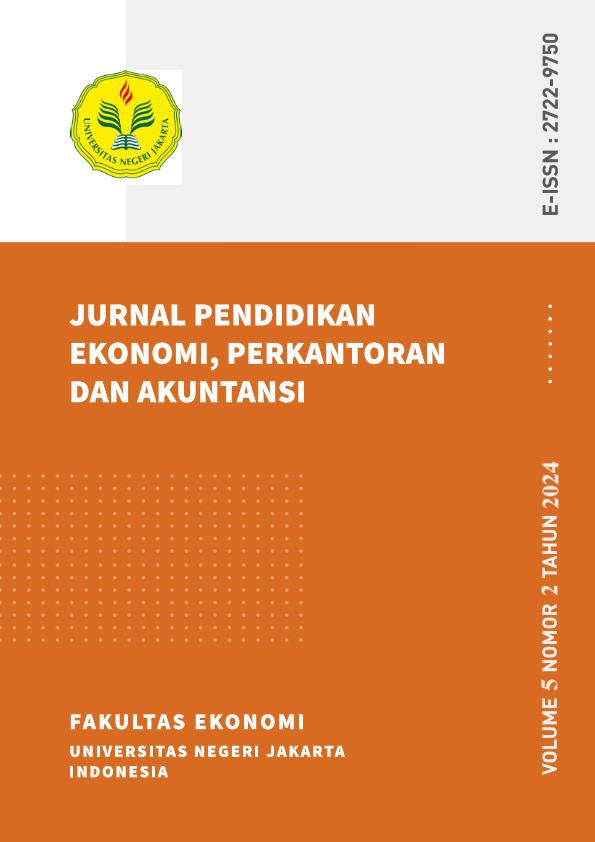IMPROVING ACCOUNTING LEARNING OUTCOMES: THE ROLES OF FACILITIES, DISCIPLINE, AND COMPUTER SELF-EFFICACY
DOI:
https://doi.org/10.21009/jpepa.0502.01Keywords:
Learning facilities, Learning discipline, Computer self-efficacy, Learning outcomesAbstract
A student's ability to learn is influenced by a number of variables, including personal characteristics and the surrounding environment. The purpose of this study was to see how learning facilities, computer self-efficacy, and learning discipline affect student learning outcomes in computer accounting subjects. A total of 252 grade XII accounting students at a State Vocational High School in West Jakarta participated in the quantitative research design. 155 respondents were randomly selected to be samples and filled out a questionnaire that served as a data collection tool. Multiple linear regression, coefficient of determination, t-test, and f-test were used in the data analysis process. The findings of the study indicate that, together, learning discipline, computer self-efficacy, and learning facilities have a positive and significant effect on students' computer accounting learning outcomes. The effect of learning discipline, learning facilities, and computer self-efficacy on computer accounting learning outcomes is also significant partially. Based on these results, it is recommended to optimize learning facilities, learning discipline, and improve students' computer self-efficacy in order to improve computer accounting learning outcomes.









